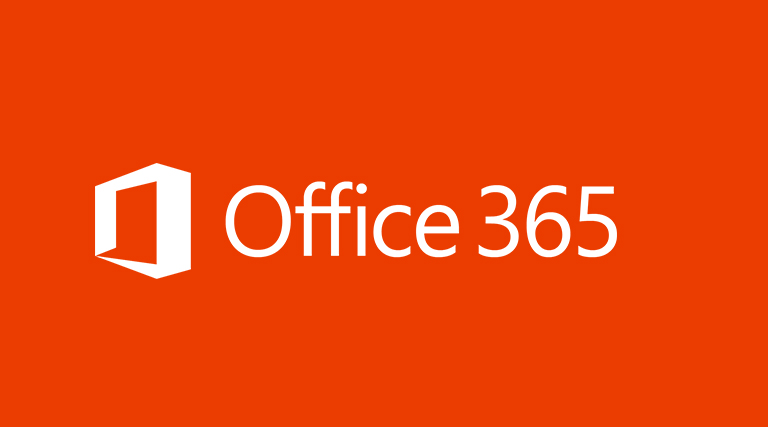In Shira Ovide’s blog entry from the Wall Street Journal, she shared her views of Microsoft’s choice of giving away its Office 365 mobile apps for free. I found myself in agreement with many of her points, and I would also like to explain my thoughts on this important strategic move of Microsoft.
Microsoft recently announced that it will provide the new Office 365 app for free all both iOS and Android platforms. It is a bold move considering Microsoft’s supreme position in office softwares since its groundbreaking first Microsoft Office set. Before this announcement, users are required to pay an annual subscribing fee, starting at $70, to obtain full access to Microsoft’s latest office software. With a recently announced and still increasing number of seven million users, sales of the Office 365 signifies a large sector of Microsoft’s revenue from software retailing.
Although appears to be questionable on the surface, Microsoft’s decision is more understandable when scrutinized from the company’s shift in strategy. This change underscores new-assigned CEO Satya Nadella’s focus on market expansion rather than mere profit maximization. Unlike the past period of Microsoft’s dominance in the market of office software, competition rapidly increased with the emergence of softwares such as Evernote, Apple’s Pages, Numbers and Keynote app, and Google’s Docs and Sheets. These alternatives feature similar functionality but offer much more cheaper prices than Microsoft’s Office 365. Furthermore, disruptive innovators like Evernote popularized a trend of price differentiation in the office software market. Most office softwares began to provide fundamental users a standard version of the software for free, but require paid subscription for premium features. These changes in the market pushes Microsoft to react with a more strategic transformation to maintain its high number of users.
With the increasing popularity of mobile working, the free offer of Office 365 on mobile platforms shows that Microsoft is not bowing to competition.It is a decision resulted from accurate analysis of external opportunities and threats in the business, and it shows Microsoft’s clear dedication towards regaining its once sovereign market position in office softwares. In the words of John Case, a corporate vice president for Microsoft Office, “It’s becoming clearer to us, to continue to be the best paid solution, it’s also important to be the best free solution.”
